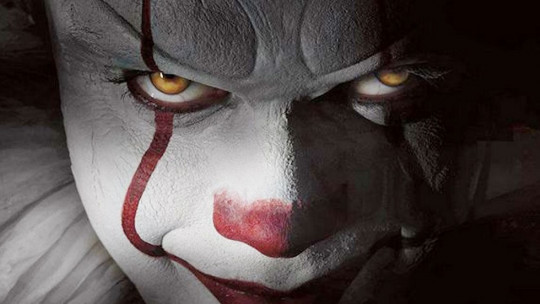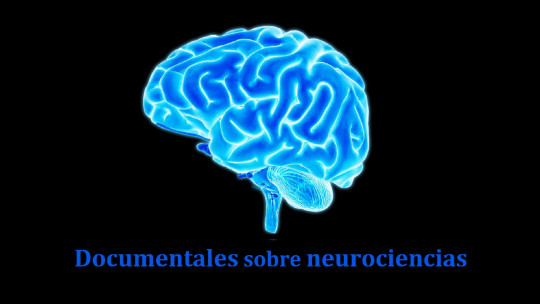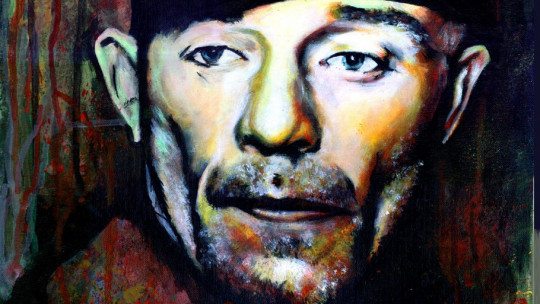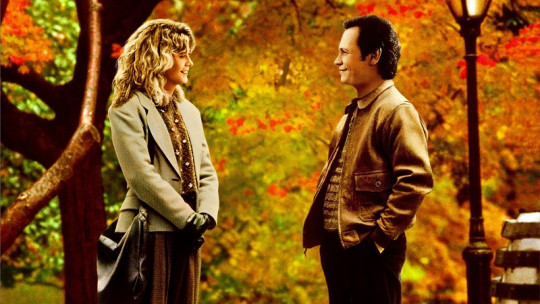The writer Stephen King is known for exploiting his great creative talent in the most twisted ways. His objective is to create worlds in which terror sneaks into the lives of the protagonists of his fictions.
The latest adaptation of one of his works has recently arrived in movie theaters. “It” is a story about childhood , friendship and the way in which adult life violently breaks into the comfort zone, exploiting our weaknesses. And it does so by using one of the most interesting psychological resources to create a disturbing atmosphere: the fear of clowns, which can become a real phobia.
What is the film about?
The story of It is relatively simple. A boy disappears during a rainy evening while chasing a paper boat washed away in the street, and his brother sets out to find it by exploring the sewers of the small town where he and his family live. He will do it accompanied by his friends, all of them socially excluded by the rest of the students (that’s why they are called the Losers gang), by an out-of-school young man and by a teenager stigmatized by her sexuality.
Little by little, this group will discover that the trail of the missing little boy leads towards an entity that takes the form of a clown with grotesque features and that is hidden in the city’s sewage system.
Fears, bullying and a comfort zone
Although Stephen King’s book of the same name has a very complex and nuanced story, this big screen adaptation sacrifices part of the original story (or rather, its first half) in a very dignified way. What does not change is the way in which The clown aesthetic serves to express without words what the nature of terror is in It.
Pennywise (Bill Skarsgård), the murderous creature referred to in the film’s title, takes the form of a clown for most of the time so he can get close to the children. However, he actually It is a creature linked more to the demonic than to the world of the circus.: It has the ability to transform into people’s most intimate fears to make them lose control until they are helpless. At that moment, she feeds on his fear and her flesh.
Now, what makes this adaptation of It special is the way in which it captures everyday life. In the film, the lives of the protagonists, just on the verge of puberty, are captured in their most insignificant details: from their problems making friends, their ways of having fun and even, and this is important, the way in which they They relate to their families.
In both the book and the movie, Stephen King’s story consists of introduce the element of terror in a context defined by the familiar A world in which, even if there is violence (such as in the case of bullying), it occurs within clear limits that everyone knows. Close to adults and with the police watching. But Pennywise breaks this dynamic, because she breaks the comfort zone of the protagonists, at the same time she reveals the darker side of that space that seemed safe.
Friendship as medicine against fear
Something that draws a lot of attention about It is the rawness with which it shows the world of adults. In this film, the tendency towards child abuse is very present and clearly overrepresented and there is not a single adult that is characterized by the correct morality of it.
In fact, what most of them have in common is that they try to isolate their children, make them remain confined to the domestic and family sphere. The degree of overprotection sometimes reaches pathological extremes, and expresses a very clear idea: the fear of entering the adult world, of going beyond what the custom that has been followed for years would dictate.
Pennywise and his ace up his sleeve
Pennywise, who uses his powers to take advantage of the fears of each of the young people, takes advantage of the deep vulnerability in which these family contexts leave the protagonists. The only thing she has to do is create visions that recreate the deepest fears from each of them. However, it does not take into account that in a context in which families are dysfunctional, these young people can build a second family. They have each other.
That’s why Pennywise tries to attack through fear. Phobias have the characteristic of making us lose sight of what is rational (literally, they are fears based on situations in which it is unreasonable to fear something). Appeal to the most basic emotions It is something that can divide us, and it tries to do the same with the Losers group, to capture the members one by one.
What clown phobia tells us
Pennywise’s aesthetic already tells us a lot about the movie He is dressed as a timeless clown, with clothes typical of various historical stages, to emphasize that it is something that he has been terrifying the population since the beginning of the creation of the city. He is not a monster that represents a specific type of fear, but rather represents fear, in the abstract: he will take the form that is relevant to scare humans.
On the other hand, Pennywise presents a mix of childish and demonic characteristics. What better way to express the break with childhood and the entry into the stage of risks and uncertainty of adulthood than a clown with childish cheekbones and a mischievous smile and, at the same time, cracked skin and swollen head striving to give the appearance of being what one really is not.
For evolutionary psychologists, fear makes sense as a protection mechanism, to avoid dangers without having to stop and question whether we should flee or not. Our nervous system automatically decides that the correct response is: “run.” But sometimes, this same terror causes us to develop fears unnecessarily, as if it were a phobia of clowns, of what appears in a safe context. Fear can make us lose sight of what all adversity can be faced in company Whether this is from our royal family or not.
Terror is faced in groups
Adulthood may be scary, but at the end of the day we always have the opportunity to not face those fears being alone, with no one to cover our backs. Yeah life gives us reasons to worry it will be because we have the freedom to look beyond our individual limitations, to turn to our friends, our chosen family.
The phobia of clowns is an example that what is designed to entertain us and make us feel good in a familiar and safe context, we can often experience it in a more toxic way than the real dangers of life as mature beings.









